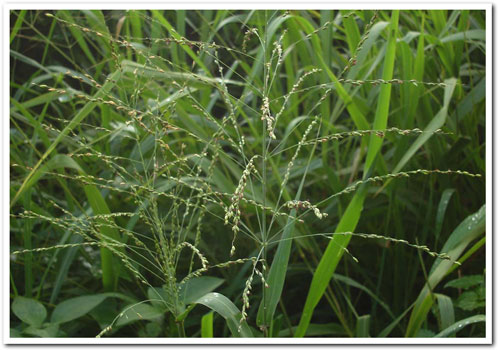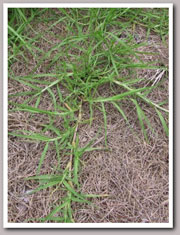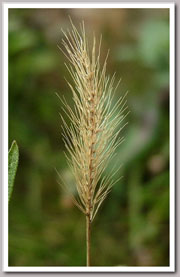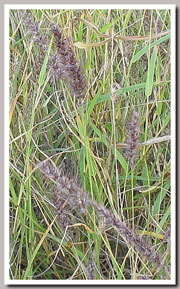Living with Oxalate Grasses
The good news is that with the help of the right supplements you can live with oxalate grasses. On the other hand you can’t live with Perennial rye grass and clover no matter what you shovel into the horse!
Give me oxalate grasses any day!
About Oxalates
Oxalates are chemicals more abundant in warm season grasses, that latch onto calcium making the Calcium unavailable for the grazing animal to utilise.
It doesn’t take long for the resulting low blood calcium levels to cause the Parathyroid Gland to produce Parathyroid Hormone to tell the bones to release calcium into the bloodstream to make up the shortfall.
Calcium is vital to keep the heart beating, a job that, for obvious reasons, takes priority over maintaining strong bones.
If this process continues over a period of time and more calcium leaves the bones than is deposited back in, then a weak, porous skeleton results.
The trouble is you do not see this ‘demineralisation’ happening from the outside.
Horses exposed to oxalate pastures can start exhibiting signs of calcium deficiency within a couple of months of being moved onto high oxalate grasses. However usually it is more insidious with the first signs being vague and non-specific such as loss of weight and muscle tone and deterioration of coat and hoof quality.
Factors which increase oxalate content:
- Wet, warm weather and the resulting growth spurts
- Keeping it vegetative by slashing
- Fertilisation with nitrogen, phosphates and or potash (eg NPK)
Click here for the Signs that Your Horse may have a calcium deficiency
 Calm Healthy Horses
Calm Healthy Horses





